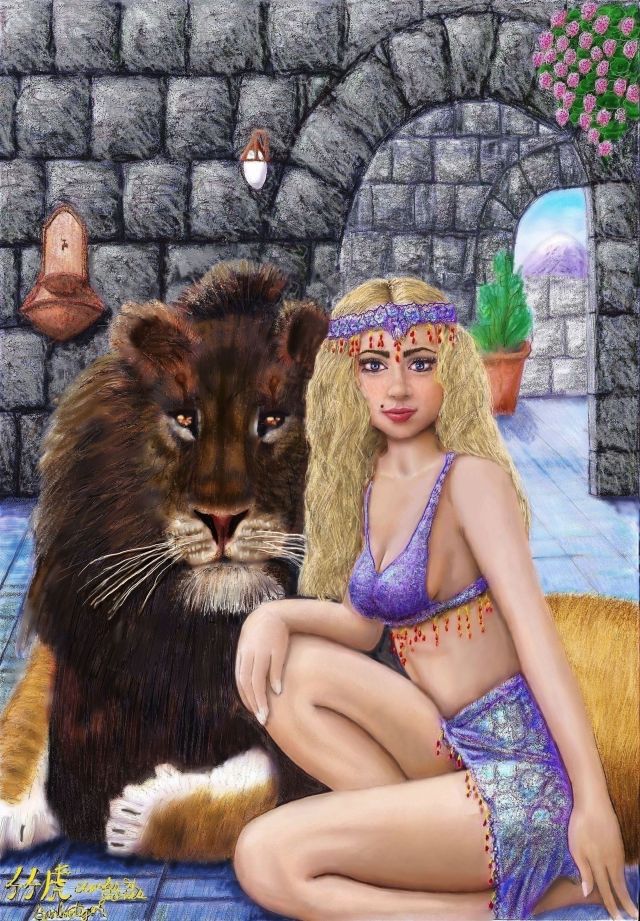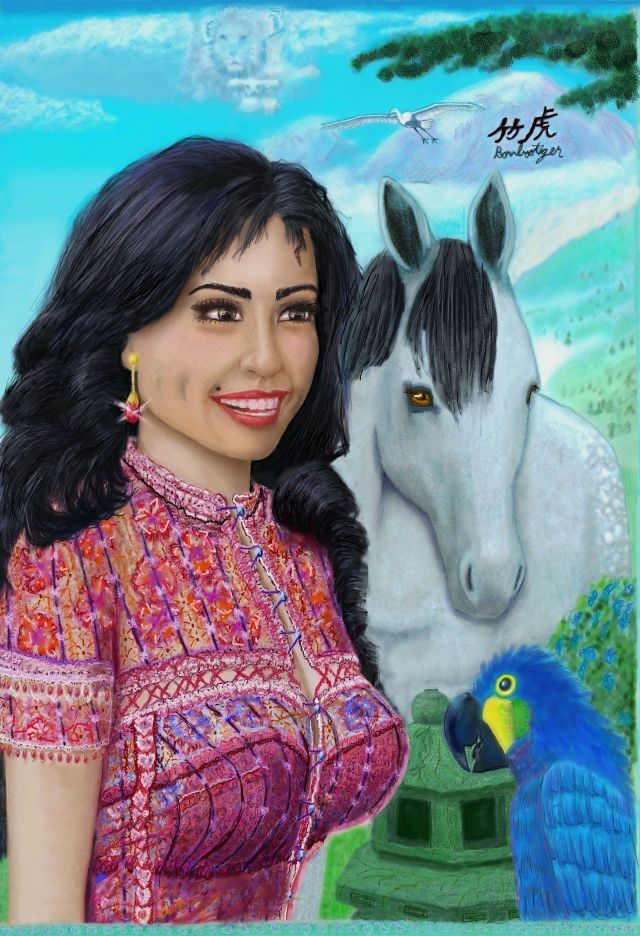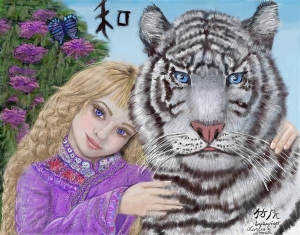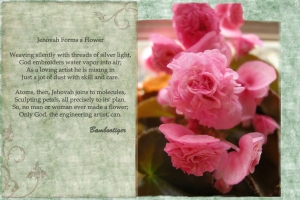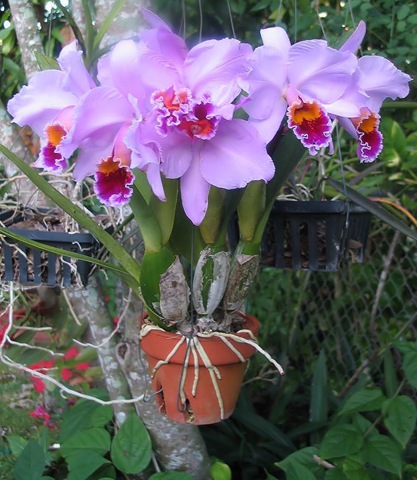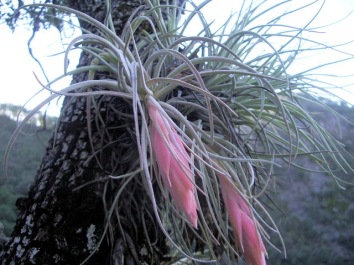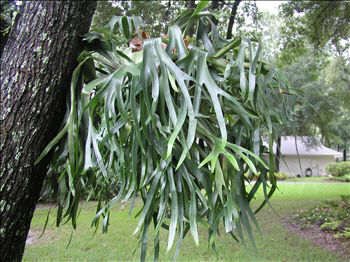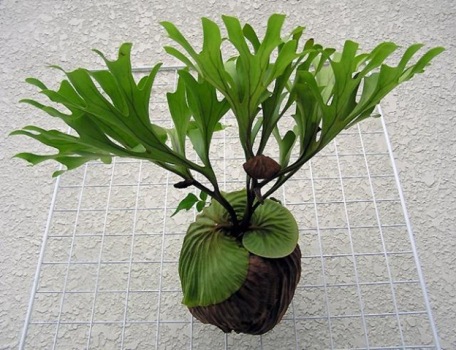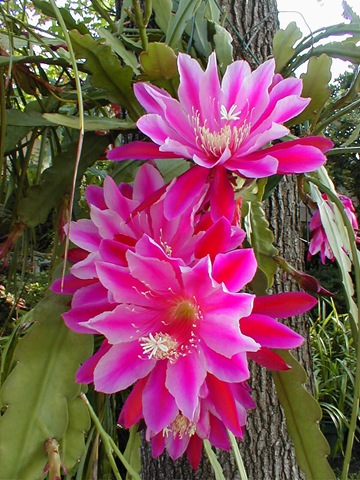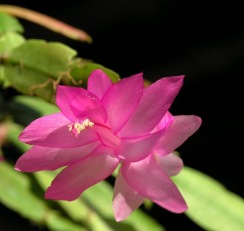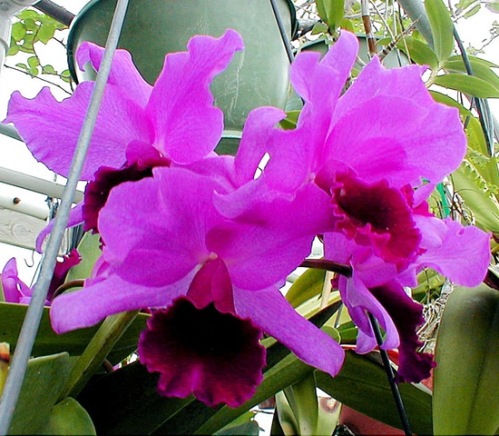I remember when I was in school many years ago a teacher told me that I was born in the wrong century. She wasn’t talking about art, but the statement would apply to that too, since our culture, and intellectual approach to the world we are in is partly dependant on where we are in the stream of time. One of the most artistic things that I have ever seen is a photograph of a sculpture of a Japanese woman in a Kimono kneeling and serving tea. It was done in pink quartz by an artist who lived in the fourteenth century. That is the epitome of what art is to me, but of course to the mainstream art world my view would be considered simplistic.
I guess some people would call it art simply because of the technical difficulty of depicting realism in that medium, but to me that is besides the point. It is something beautiful to look at, but more than that also. What that type of artist does is to capture something intangible and communicate that idea, feeling, philosophy, and that moment, to someone else who simply looks at what they have done. Let me illustrate what I am trying to say with another art form, and a bit of history:
A parable of tea master Sen-no-Rikyu (16th century):
Sen-no-Rikyu built a garden enclosed by a tall hedge that blocked the view of the sea. The client was unhappy – until he bent to wash his hands in the water basin. The sea then became visible in a gap between the hedges and the client smiled. As the tea master had hoped, the client realized the intent behind the design. His mind made the connection between the water in the basin and the great ocean and thus between himself and infinite universe.
Japanese Garden Architecture
I’m a Christian, but I can still appreciate the symbolism. The reason why I use "bamboo" in my artist signature is because of the symbolism. One description of it is this: " A humble but upright man who bends with adversity but maintains his integrity". This is a symbolism often found in Chinese culture whixh historically is very artistic and built upon symbolisms. Art may not be a thing made, for instance, but simply an arrangement to observe nature and learn to live in harmony with it. Consider the idea of the gallery and the borrowed view.
"the natural home of man"
Perhaps I am thinking in the past. Have you heard of Leon Battista Alberti, the Philosopher, architect, musician, painter and sculptor? He wrote "Descriptio Urbis Romae", the first systematic study on the reconstruction of the Roman city. Inspired by the art of antiquity, he elaborated the theory of beauty being harmony, that it can be expressed mathematically in every way and that the "proportions" of the Roman buildings contain the basis of architectural design.
Descriptio Urbis Romae
Measuring and scale are important aspects of the Art form of sculpture where a small scale model, or Maquette, may be designed first and then the larger one be measured from it
3-D model
How artists use maquettes
Maquette History
Then Alberti wrote on painting. Inspired by the order and beauty inherent in nature, his groundbreaking work, Della pittura, sets out the principles of distance, dimension and proportion; instructs the painter on how to use the rules of composition, representation, light and color to create work that is graceful and pleasing to the eye; and stipulates the moral and artistic pre-requisites of the successful painter.
Alberti regarded mathematics as the common ground of art and the sciences. "To make clear my exposition in writing this brief commentary on painting," Alberti began his treatise Della pittura, "I will take first from the mathematicians those things which my subject is concerned." In both Della pittura and De statua, a short treatise on sculpture, Alberti stressed that "all steps of learning should be sought from nature". The ultimate aim of an artist is to imitate nature. Painters and sculptors strive "through by different skills, at the same goal, namely that as nearly as possible the work they have undertaken shall appear to the observer to be similar to the real objects of nature".
Della pittura
That is how I think too. I use a mathematical model sometimes, a form of “Maquette”, to design and portray a face, a figure, or a scene, and my long term project is to make a simple description of curvilinear perspective.
The native Americans believed that not only every living thing, but also objects have a spirit. There is a waterfall named Manitou falls: it is French, from the Ojibwe word "manitou."In Algonquian religious belief, a supernatural power that permeates the world, possessed in varying degrees by both spiritual and human beings. This is a little but similar to the belief of some people that God is "omnipresent".
Manitou belief
I don’t believe exactly the same, as far as God is concerned, but to me part of what an artist does is to capture the spirit of a place or thing, through the symbol of it, and communicate that spirit to another person.
One thing that was interesting to me in reading about art history is how many artists used the camera obscura to try and capture and portray realism, but most of them hid this fact from the art world in general because if it came out they would lose their reputation.
the Magic Mirror of Life
Girl with a Pearl Earring
I use whatever tools I can. I don’t like tracing paper, and so far do not use any form of projector either, but sometimes I use a modified grid made up of triangles and plotted reference points for accurately getting down the form of things. I also do not use vanishing points, since one of the goals of my approach is to avoid the use of them. I do believe that visual art should be beautiful, interesting, or educational, and that is where my personal philosophy comes in. i do not believe that my tastes are superior to that of anyone else, but i do not apologize for it either, or consider it the less of another’s opinion: it is what it is.
